
Confused by all the different types of ‘as a Service’? It’s not surprising. When you’re considering a managed service, you’ll frequently come across a range of IT acronyms, such as IaaS, PaaS and SaaS. Although you’ll soon learn what each one stands for, understanding what they mean and what kind of services each one provides can be a challenge. To help you get your head around the concepts and be able to differentiate between each service, this post will provide an overview of the main aaS types you are likely to find.
Iaas: Infrastructure as a Service
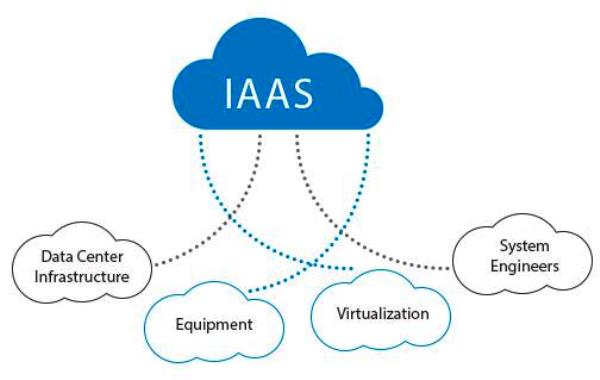
Infrastructure as a Service is when the service provider supplies the preconfigured hardware and equipment you need to run your business’ IT system. In this way, you lease the use of hardware rather than owning it, and the service provider takes responsibility for the effective operation and maintenance of the equipment.
IaaS often includes the use of a server and storage, as well as failover server replication, remote backups, load balancing and firewalls.
In most situations, customers are charged on a pay as you go basis, where the more resources you use, the more you pay – with the advantage that you can be flexible when it comes to scaling up or down. As this is the lowest level type of cloud service, infrastructure software, such as an operating system, are not usually included so you would need to provide your own.
PaaS: Platform as a Service
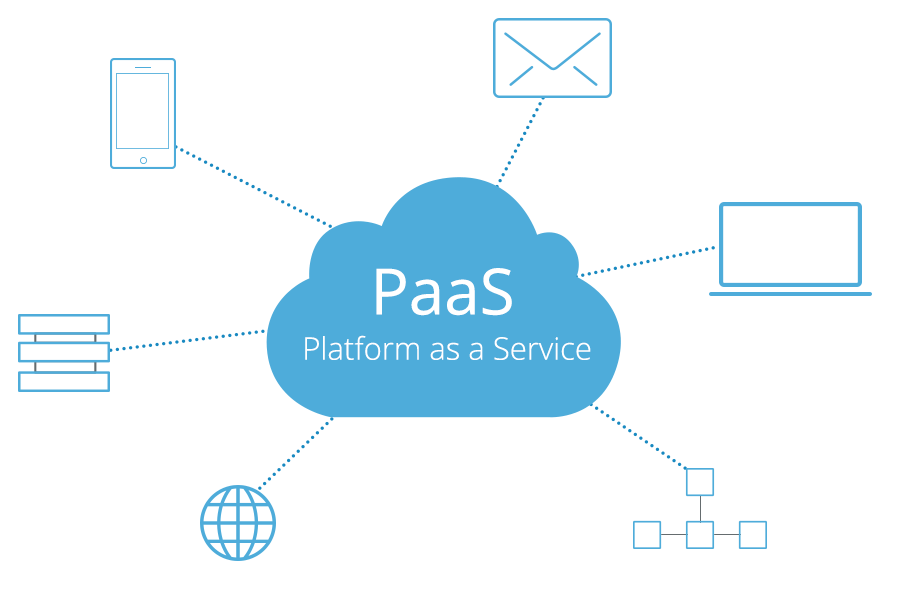
Platform as a Service goes one level higher than IaaS, providing both the hardware infrastructure and the web applications that organisations need. Using this kind of service means companies can often save on the cost of acquiring these applications for themselves and do away with the burden of deploying them or managing them. The savings come from the fact that the software licenses are owned by the service provider and the costs for these can be shared out among those who opt to use them.
One of the advantages of using PaaS is that you can be guaranteed that the applications are entirely compatible with the service provider’s system and, being based in the cloud, they are also web accessible.
Users will have total control over their apps and, for some solutions, may also take control over the hosting environment. However, as IaaS is part of PaaS, they won’t have to deal with the more complex burdens of managing the infrastructure.
Benefits for PaaS for enterprises include a quick time to market and speedy solutions for application design, development and testing. It can also provide these services significantly cheaper than doing them in-house.
SaaS: Software as a service
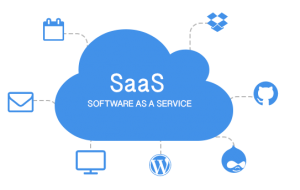
Software as a Service is essentially software made easy. Service providers offer a range of on-demand applications, such as enterprise resource planning (ERP), HR, customer relationship management (CRM), payroll and productivity apps like Microsoft Office. Subscribing SaaS users can access these easily through an internet browser.
One of the main advantages of SaaS is that the management of the applications and the server they are housed on, together with the storage and backup of data, are all taken care of by the service provider. In addition, as they are cloud-based applications, it enables users to log in to the services from any compatible device with an internet connection and ensures that data can be easily synced across devices so that everyone has the latest versions of files and documents.
CaaS: Communication as a Service
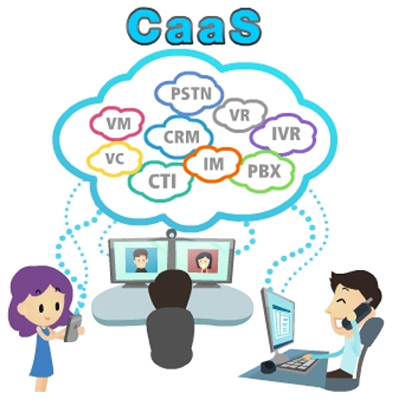
Investment in the creation of an enterprise level, unified communication system can be very expensive when you include components such as email, telephony, online chat, VPN and video conferencing.
Communication as a Service can bring several benefits to businesses. Firstly, it removes the burden of managing the services by transferring responsibility to the service provider and, as a consequence, it saves money by removing the need to employ staff to undertake that management. Also, should an issue arise with one of the communication systems, the task of dealing with it is left to the service provider who will be in a much better position to provide continuity of service through their redundant, failover resources.
MaaS: Monitoring as a Service
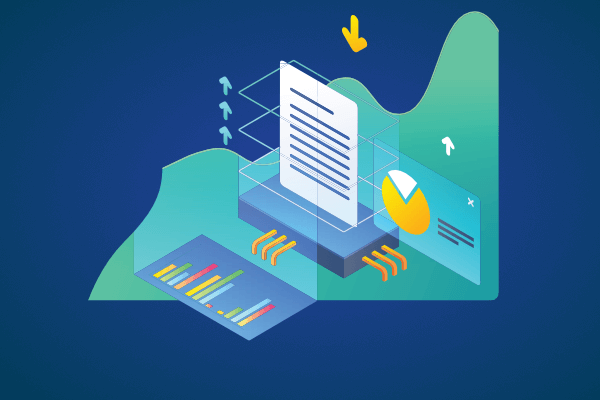
With so many critical applications being moved to the cloud, monitoring the performance of cloud-based applications has become crucial to ensure that businesses do not suffer from unnecessary downtime. This has led to the emergence of Monitoring as a Service (MaaS), which removes the need for expensive in-house tools to keep an eye on applications and infrastructure and replaces them with a service provider hosted, internet-based, monitoring dashboard.
This enables users to monitor the status of their critical apps on a pay as you go basis and, crucially for many businesses, can be accessed over the internet.
Conclusion
As you can see, there are clear differences between these types of cloud services, hopefully, this post has given you a better understanding of what each type is and how it can benefit your organisation.






